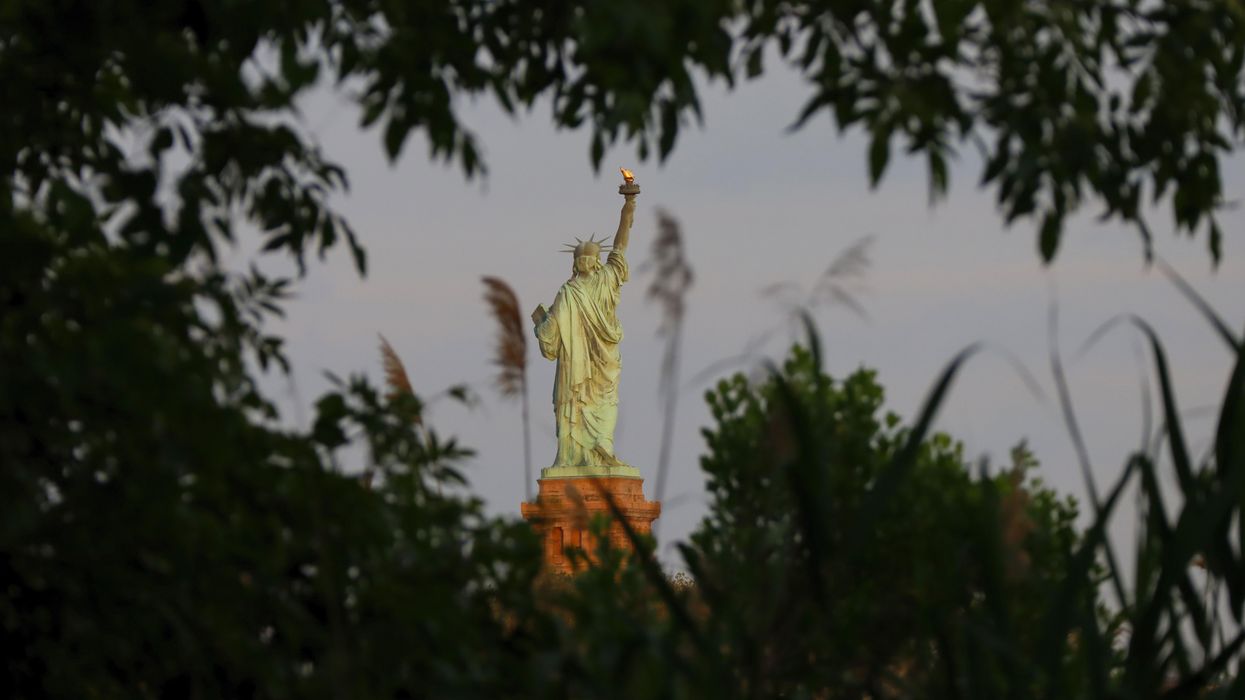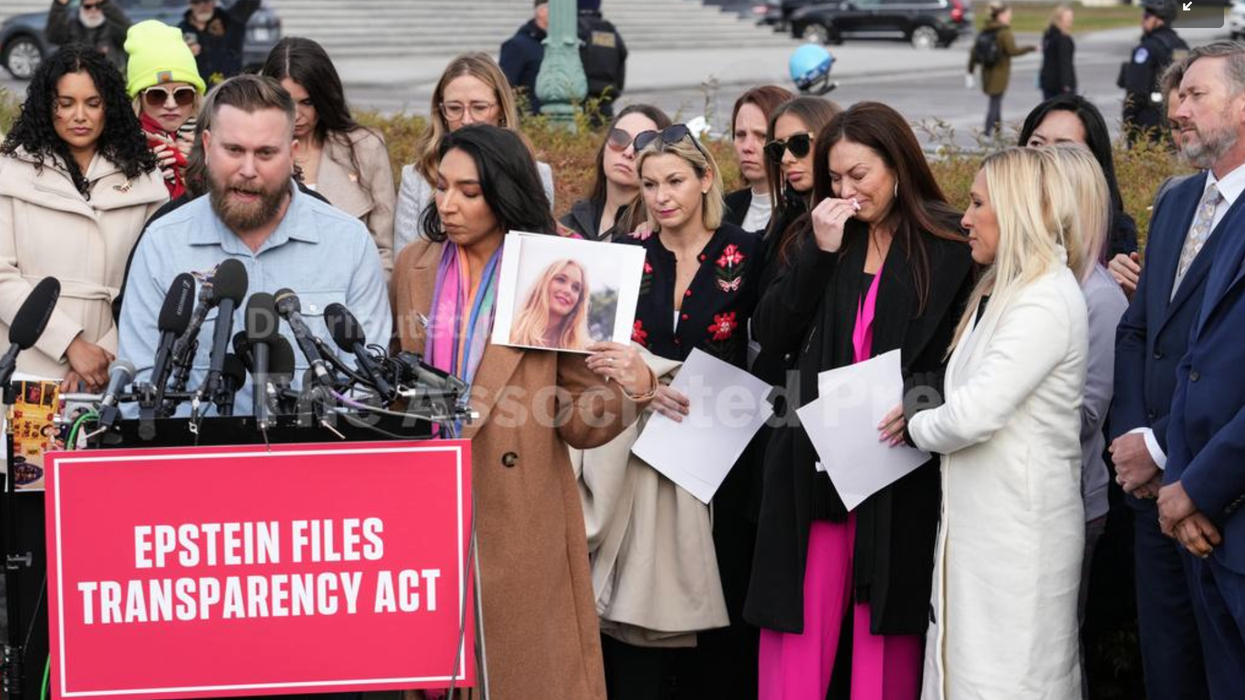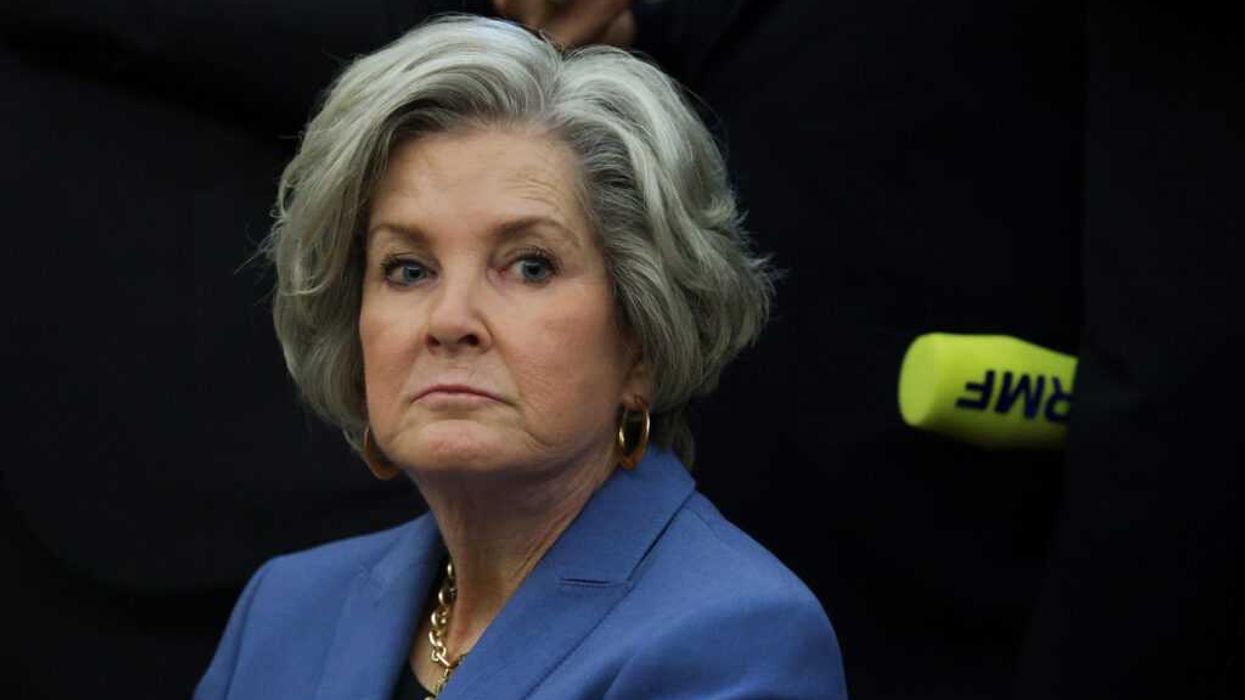Paterno, a former quarterbacks coach for Penn State University, ran for lieutenant governor of Pennsylvania in 2014 and consults on a variety of issues.
“I don’t know who my grandfather was; I am more concerned to know what his grandson will be.” – Abraham Lincoln
Earlier this month I was onboard a ship returning to dock in Bayonne, N.J. As the sun was rising to the east the ship was heading into New York Harbor under the Verrazzano-Narrrows Bridge. To the west was Staten Island and beyond that New Jersey. To the east as Brooklyn passed, the harbor opened up to Manhattan’s soaring skyline.
My mind wandered to moments long ago that reside in my very own DNA, and in the DNA of countless others in America. So many millions of us are descended from immigrants that came to the United States, from across the ocean and through New York.
Their minds were both full of doubt, but also with the wonder of that era’s New York skyline. It was the first landmark of a nation that represented a place of promise where they believed tomorrow could be anything they wanted it to be.
Certainly, the dreams they held met reality for many. Each dawn marked new challenges, but also a chance to move towards a greater future for themselves and their families.
The promise of opportunity beckoned my ancestors here to imagine and create a reality beyond life’s hardships in rural northern Europe, or rural southern Italy or the crowded slums of Naples.
Some stayed in Manhattan, some moved across the East River to Brooklyn, some moved to Western Pennsylvania. They were working people, barbers, coal miners, teamsters and laborers. They worked to find a way forward for their children and grandchildren.
The arc wasn’t always upward, but over time and across generations hopes became realities. Most of their stories are lost to us now. But their lives are among the millions of threads that form the rich tapestry of the American story, a story both unique and exceptional among all the nations of the world.
Exceptional? Yes. Perfect? No.
There are dark threads among America’s tapestry; among them oppression, discrimination and violent intimidation doled out to every new wave of arrivals. No threads stand more starkly than slavery’s hold on our nation’s founding.
And even after Emancipation, a long line of people were discriminated against because they were identifiable by skin color, or religion or a last name.
Each generation’s immigrants faced hurdles in the journey to a better life. The attacks were even more bitter to Black people whose ancestors were brought here by force. Images of fire hoses, attack dogs, beatings and lynching haunt the collective memory of our soul.
But still people came to this country drawn by hope. And on that morning heading into New York Harbor, I thought of our family’s own story. Humble roots and a history whose glory belongs to our ancestors. We, the living, owe the possibilities of our life to the risks they took.
That is the truth for so many of us. The people before us built a great if imperfect nation, but an ascendent one always fighting its own flaws. The arc of our nation’s journey has been to strengthen our nation, it has been to identify our wrongs and to correct them. Even to the point of a long and bloody Civil War to free millions of souls wrongly enslaved and to bind the divisions that threatened to rend this nation forever.
But now all these decades later what have we become as a nation? Are we more united and welcoming than people were in the 1800s? Are what we deem to be irrational fears of time passed now banished from our nation today? Are we still headed to the more perfect union spoken and written about centuries ago?
There is some reason for doubt.
Discrimination is no longer banished to the shadows. Talk of civil war and secession is overt. Some openly seek to limit the right to vote in ways that will ensure they regain and retain power. Some conjure outrageous lies seeking to destroy the faith in our system of elections, in the free press and in our government.
Some manipulate the minds of people through fear tactics we’ve seen used as societies descend into authoritarian rule.
One wonders, how the ghosts of our past look down upon us now. Do they want to warn us of how readily some among us are willing to cast their sacrifices aside for personal gain in both financial wealth and the retention of power? Will our descendants call us heroes, for defending the country that allows them to reach their dreams?
The ghosts of our Founders would likely remind today’s originalists that the founding documents were masterpieces of their times, but also unfinished and imperfect. Slaveholding hands were among those who wrote and signed them. Indeed, a young Thomas Jefferson himself acknowledged their own failings:
“Indeed I tremble for my country when I reflect that God is just, that his justice cannot sleep forever. Commerce between master and slave is despotism. Nothing is more certainly written in the book of fate than that these people are to be free.”
We have a complicated history but one of proud people who have always pointed hopefully towards the promise of tomorrow. As a nation we must rise to the opportunities and blessings they gave us. But so too, we must rise above our imperfections on an inevitable march towards a more perfect union.
But we face a precarious time.
Hate and division are being sown in weak minds by people who profit from the bitter fruits of the orchards of wrath and darkness. That crop will poison us all.
Looking back it is hard to imagine the courage they summoned to come here, or the courage necessary for those brought here in slavery to build a family history that endures today.
Once again, we in America will need the courage to stand up to passions inflamed and armed unlike any other developed country on earth. It will take courage to reform or repudiate the liars, deniers and those bigoted against others’ race, gender, religion or sexuality. In America there can be no safe harbor to anchor their hatred or their false gospels of division and denunciation.
From my own family history come the words of Angelo Paterno, a grandfather who died long before I was born. He dropped out of high school, fought in World War I and finished his high school, college and law education at night. In the 1940s he was already fighting for religious and racial harmony.
In an October 1945 speech he stated:
“We must have unity of thought. We must have unity of action. We must all act as missionaries and we must preach to our fellow men, night and day, the evils of this hydra-headed monster of bigotry. The forces of intolerance and hate are on the march today. The seed of hate and discord is being sown all around us. It is our task to indicate our worthy ideals into the warped minds of the weakling before this seed takes root.”
It was a courageous stand at a time when his opinions were running ahead of history’s pace of change. It is time for that grandfather to see what we will be. It is time for our nation, like Lincoln stated, to be concerned with what we will be as descendants of the people whose courage built the nation we call home.



















